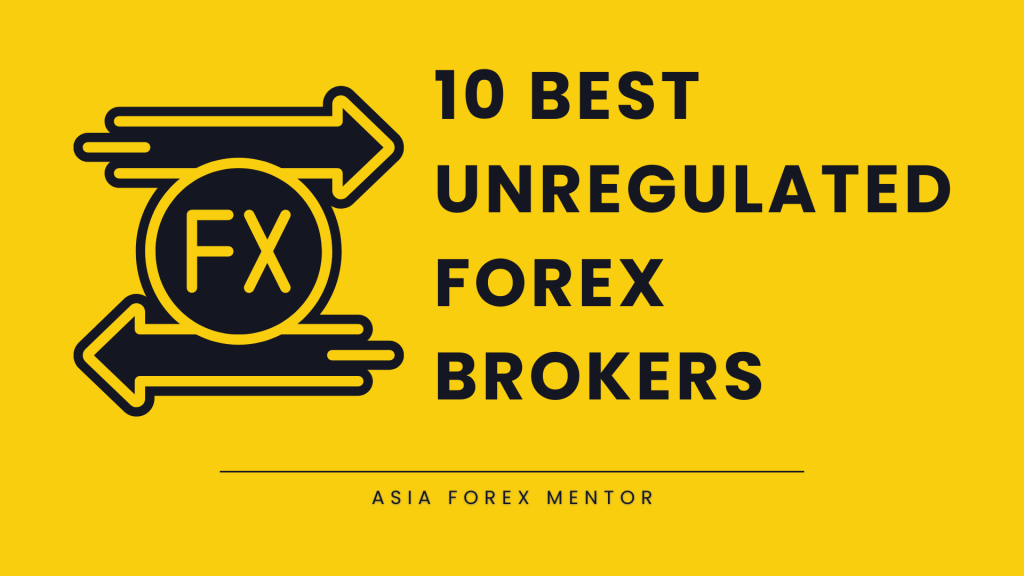As an options trading strategy, the bull call spread gets created to take advantage of a small price rise of a stock. This strategy implements two call options to form a range encompassing the upper and lower strike price.

The bullish call spread has pros and cons, the benefit is in reducing losses, while the disadvantage is the ceiling on potential gains of possessing a stock.
The call spread involves buying typically out of the money call option, which gets funded with the sale of a call with a larger strike price at the identical date of expiration.
Also Read: Bull Trap: What does it do?
Contents
- Understanding a Bull Call Spread
- Explanation of the Call Option
- Example of a Bull Call Spread
- Implementing Bull Call Spread
- The Impact of Time Decay on a Bull Call Debit Spread
- Implied Volatility Influence on a Bull Call Debit Spread
- Risk of Early Assignment
- Conclusion
- FAQs
Understanding a Bull Call Spread
The bull call spread incorporates several steps concerning the two call options.
Select an asset that you predict will have a tiny appreciation in a set period.
Purchase a call option for a strike price over the present market with a fixed date of the expiration date and premium paid.
At the same time sell a call option at a larger strike price with an identical date of expiration like the first call option, and get the premium.
The premium collected by selling the call option somewhat cancels out the paid premium by the investor for purchasing the call. The debt of the investor debt is the net difference amid the two call options, and this is the expense of the strategy.
The bull call spread lowers the call option cost, but at the cost of a trade-off. The profits from the price of the stock get restricted, forming a reduced range where the investor can earn a profit.
Investors implement the bull call spread when they expect the asset will rise by a small degree in value. This occurs most frequently in periods of high volatility when this strategy gets used.
The profits and losses from the bull call spread get capped because of upper and lower strike prices. When during the date of expiration, the stock price declines under the lower strike price, the initially bought call option, the trader is not using the option.
The expiration of the option strategy is worthless, and the trader is left without the net premium paid. If they use the option, it will mean they have to pay more for a stock that is presently trading for less.
If during expiry, the asset price is increasing and is trading over the upper strike price, then the second call option that was sold, the trader implements the initial option that has a lower strike price. At this point, they may buy the shares for less than the present market value.
Yet the second call option that was sold is active. The marketplace will by default use or distribute the call option.
Traders will sell the asset purchased at the initial reduced strike option for the larger second strike price. Because of this profits made from purchasing with the initial call option get restricted at the sold options strike price.
The earnings are the difference amid the lower strike price and upper strike price minus, normally the premium paid at the start.
With a bull call spread, the losses get reduced the risk because traders will lose the net cost to form the spread. But the downside to the strategy is that the profits are also limited.
Explanation of the Call Option
The primary holdings of call options get formed by stocks, bonds, commodities, currencies, and other assets. Investors implement call options to take advantage of the asset price upward movement.
When used before the date of expiration, the options will enable the trader to purchase the asset at a required price. The option is not forcing the holder to buy the asset, he has the choice to decline. Investors that think a specific price is going to experience a price movement in the upward trajectory will use call options.
The bullish trader is going to pay the call option premium, which gets based on the spread amid the asset's present market price and the strike price. If the strike price for the option is close to the present market price, the premium is going to be pricey.
The strike price is the cost of an asset at which the option gets converted during expiration.
When the basic asset goes under the strike price, the holder is not going to purchase the stock and will lose the premium at expiration. When the share price goes over the strike price the holder can choose to buy shares at that price, yet is not required to do so, he may decline the option. In this case, the holder is going to be out of the price of the premium.
The expensive premium can make a call option not appealing for purchase because the price of the asset will have to rise by a substantial degree to balance the paid premium. This gets referred to as the break-even point, the price is the same as the strike price plus the fee for the premium.
The broker is going to charge a fee for making an options trade and this cost factors into the general expanse of the trade. It's crucial to know that options contracts get priced by lots of 100 shares. Meaning purchasing one contract is the same as 100 shares of the elementary asset.
Also Read: How to Trade a Long Call Options
Example of a Bull Call Spread
An options trader purchases 1 X Computers July 22 call at the $100 strike price and pays $4 per contract when X Computers is trading at $99 per share.
During the identical period, the investor sells 1 X Computers July 22 call at the $110 strike price and gets $2 per contract. In this case, the investor paid $4 and received $2, the investor's net cost to form the spread is $4.00 per contract or $100.
If the stock goes under $100, the two options will expire worthlessly. The investor loses the paid premium of $400 or the net cost of $4 per contract.
But if the asset rises to $111, the worth of the $100 call will rise to $10, and the worth of the
$110 call would remain at $2. In case of more gains in the $100 call gets forfeited, and the investor earns from the two call options.
When the stock declines under $100, the maximum loss would be only $4.00, but if the stock rises to $200, the maximum gain will also rise.
Implementing Bull Call Spread
In order to implement a bull call spread, investors have to select the asset that can get a small appreciation in a determined time. The following move is to purchase a call option for a strike price over the present market with a particular date of expiration while at the same time selling a call option at a larger strike price with the same expiration date as the initial call option.
The difference between the premium for selling the call and the paid premium paid for surprising the call is the expanse of the strategy.
The Impact of Time Decay on a Bull Call Debit Spread
Time decay functions counter the bull call debit spread. The time value of the long option contract declines significantly every day. In a perfect situation, a large move up in the underlying stock price happens fast, and a trader can profit on all the outstanding extrinsic time value of leaving the position.
Implied Volatility Influence on a Bull Call Debit Spread
Bull call debit spreads to take advantage of the rise in the implied volatility value. Larger implied volatility produces larger prices for options premiums. In an ideal case, the bull call debit spread gets activated, and implied volatility gets reduced than at exit or expiration. In case of future volatility, it can be uncertain and unpredictable. But it's useful to know how volatility is influencing the options contracts pricing.
Risk of Early Assignment
Investors are always trying to make a maximum profit on the stock exchange, and in the USA, stock options can get exercised on any business day.
The investor that is the holder of a short stock option position is not in control over the moment when they will have to realize the obligation. This means the early assignment is a significant concern when starting positions, which use short options.
However, the long call in a bull call spread is not subject to early assignment risk, the risk is on the short call. Stock option's early assignment is typically related to dividends, and short calls that get assigned early are usually allocated the day before the ex-dividend date. In-the-money calls, with a time value smaller than the dividend, possess a larger chance of being designated.
Because of this, if the asset's price is over the strike price of the short call in a bull call spread, an evaluation has to be made if early assignment is possible.
When the assignment gets considered possible, and the short stock position is not desirable, then adequate action has to be performed. Before the assignment happens, there are two ways the risk can get reduced.
To start the whole spread can get closed by selling the long call or purchasing the short call. On the other hand, the short call can get bought to close and the long call can stay open.
If early assignment of a short call does happen, the stock gets sold. When an asset is not owned to deliver, then a short stock position gets created. But when a short stock position is not needed, it can get closed by purchasing stock in the marketplace or by using the long call.
But it makes no difference which method gets selected, the date of the bought stock will be one day after the date of the sold stock. This difference will create extra fees, such as commissions and interest charges. A short call assignment can cause a margin call if there is no significant equity on the account to support the short stock position.
Conclusion
The bull call spread is formed by one long call with a reduced strike price and a short call with a higher strike price. With the call option, the holders have the right but not the obligation to buy the asset. The bull call is also known as a long call spread and a debit call spread.
It is called bull because the strategy creates gains from the rising stock price. While the term “long” gets implemented when the strategy is long the market. The term “debit” gets used when the strategy gets implemented for a net debit.
FAQs
What is a bull call spread example?
When an asset declines under $100, both options will expire worthlessly, and the investor will lose the paid premium paid. If the asset rises to $111, the value of the $100 call will increase by $10, and the value of the $1100 call will stay at $1.
Is bull call spread a good strategy?
The bull put spread is a favorable option strategy, for creating premium income or purchasing stocks at effective under market prices. The strategy has limited risk, and the profit potential is also limited.
When should you leave a bull call spread?
When the price of the stock is over the short call option at expiration, both contracts will offset, and the position should get closed for maximum profit.
Which is better bull call spread or bull put spread?
The bull call spread and bull put spread generate reduced profits with limited risk on an increase in the price of the underlying asset.

















